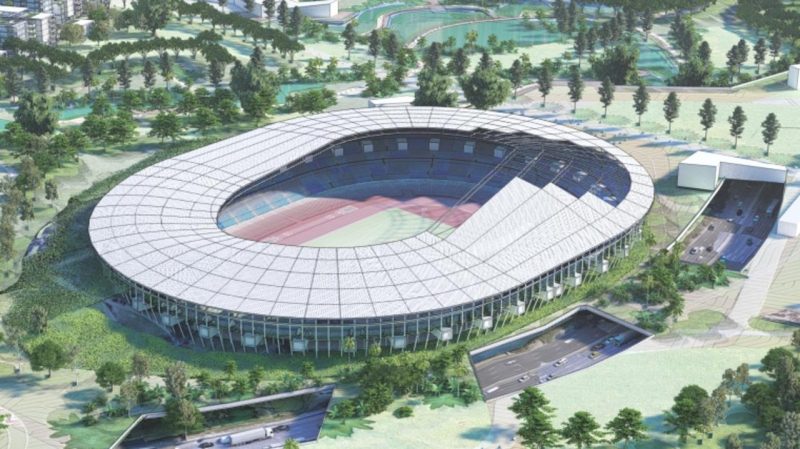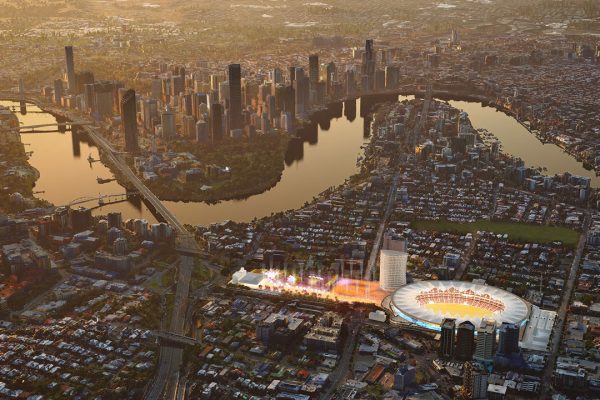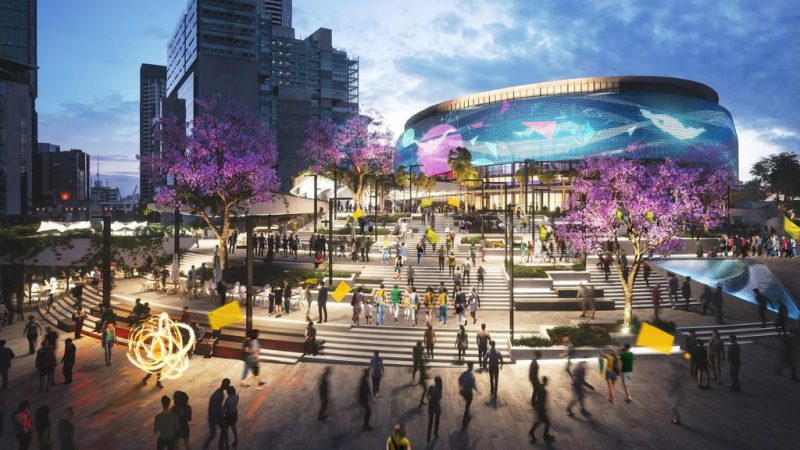The Queensland Government has officially unveiled the 2032 Delivery Plan, providing a clear and ambitious roadmap to ensure the successful staging of the Brisbane 2032 Olympics and Paralympic Games. This transformative plan is not only focused on delivering world-class Games infrastructure, but also securing a long-lasting legacy for Queensland through sport, transport, tourism and community development.
More than 1,340 days since Queensland won the bid to host the Games, the newly released Brisbane 2032 Olympics Delivery Plan outlines how the entire state will take centre stage. Developed through a comprehensive process—including a 100-Day Review, expert assessments, and extensive stakeholder and community consultation—the plan is now ready for action.
From today, the 2032 Delivery Plan will be implemented by the newly established Games Independent Infrastructure and Coordination Authority, marking a decisive step toward delivering a Games Queenslanders can be proud of.
A $7.1 Billion Commitment to Olympic Legacy
The centrepiece of the Brisbane 2032 Olympics Delivery Plan is a $7.1 billion capital works programme, covering both new and upgraded venues designed to elevate Queensland’s sporting capabilities and community assets. The Plan ensures these developments remain within the original funding envelope.
Key developments in South East Queensland include:
- A new Brisbane Stadium to be constructed at Victoria Park, forming part of a world-class Games precinct.
- A state-of-the-art National Aquatic Centre at Spring Hill, transforming the Centenary Pool site.
- Major upgrades to the RNA Showgrounds, with a new Main Arena and an Athlete Village that will convert into permanent housing post-Games.
- An expanded Queensland Tennis Centre with a new permanent show court and 12 additional match courts.
- A revitalised Chandler Sporting Precinct, evolving into a dedicated para-sport community facility.
- New Athlete Villages on the Sunshine Coast and Gold Coast.

Transport Connectivity Front and Centre
The 2032 Delivery Plan places major emphasis on enhancing Queensland’s transport network to ensure smooth movement before, during and after the Games. Major projects include:
- New rail lines and stations across Brisbane.
- Development of the northern and eastern Brisbane bus corridors.
- Upgrades to the M1 motorway and faster rail to the Gold Coast.
- The introduction of The Wave, a rail line from Beerwah to Birtinya linking metro services through Maroochydore to Sunshine Coast Airport.
Regional Queensland Becomes Olympic and Paralympic Territory
To ensure the legacy of the Brisbane 2032 Olympics reaches every corner of the state, the Plan introduces generational infrastructure upgrades in regional Queensland, including:
- An upgraded Barlow Park in Cairns, increasing seating capacity and spectator amenities.
- New rowing infrastructure along the Fitzroy River to host rowing and canoe sprint events.
- The transformation of the Toowoomba Showgrounds into an Equestrian Centre of Excellence.
- Critical upgrades to the Bruce Highway from Brisbane to Cairns, including the Tiaro Bypass, Rockhampton Ring Road, and Goorganga Plains.
- Enhancements to the Cairns Western Arterial Road, improving connectivity between Redlynch and the Captain Cook Highway.
Sporting events will also be hosted in cities across the state:
- Football in Cairns
- Sailing in Townsville
- Cricket in the Mackay–Whitsunday region
- Archery in Wide Bay–Burnett

Maximising the Games’ Legacy
The 2032 Delivery Plan also includes:
- A $250 million investment in grassroots sporting clubs through the Games On! programme.
- Plans to use Queensland’s natural assets—such as parklands and beaches—as temporary event venues and Live Sites.
- Alignment with Queensland’s 20-year tourism plan to ensure state-wide economic and community benefits beyond 2032.
Government and Community Support
Premier David Crisafulli affirmed the state’s readiness to deliver a Games with lasting impact, stating:
“To host the Olympic and Paralympic Games is a once-in-a-generation opportunity, and we’ll make it count for Queensland with a lasting legacy.”
Deputy Premier Jarrod Bleijie echoed this sentiment, highlighting the importance of building “the right projects in the right places” and balancing new builds with upgraded existing infrastructure. He noted the Plan represents the largest infrastructure investment in Queensland’s history.
Ready for Action
Brisbane 2032 Organising Committee President Andrew Liveris, Minister for Sport Tim Mander, and Transport Minister Brent Mickelberg all expressed strong support for the Plan, citing its potential to boost elite and grassroots sports, create jobs, improve transport, and position Queensland as a premier global destination.
Games Independent Infrastructure and Coordination Authority Chair Stephen Conry praised the collaborative effort behind the 100-Day Review and noted the enthusiasm of thousands of Queenslanders who contributed to the process.
“The Olympic and Paralympic Games are the world’s biggest event, which will bring a world of opportunity through large investment in infrastructure and public transport, tourism opportunities, business stimulus, as well as significant workforce uplift,” Conry said.
The Brisbane 2032 Olympics Delivery Plan is more than a framework for hosting a successful Games—it’s a bold vision for Queensland’s future. From sport and infrastructure to tourism and community development, the Plan provides a once-in-a-generation opportunity to deliver long-lasting benefits for the entire state.

